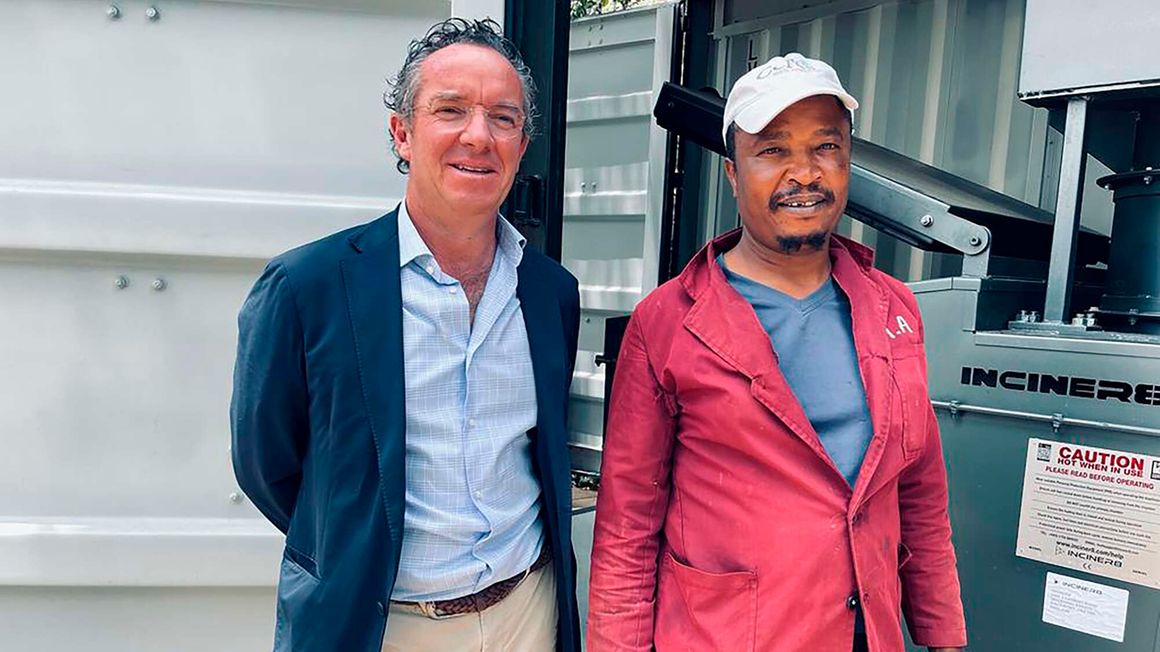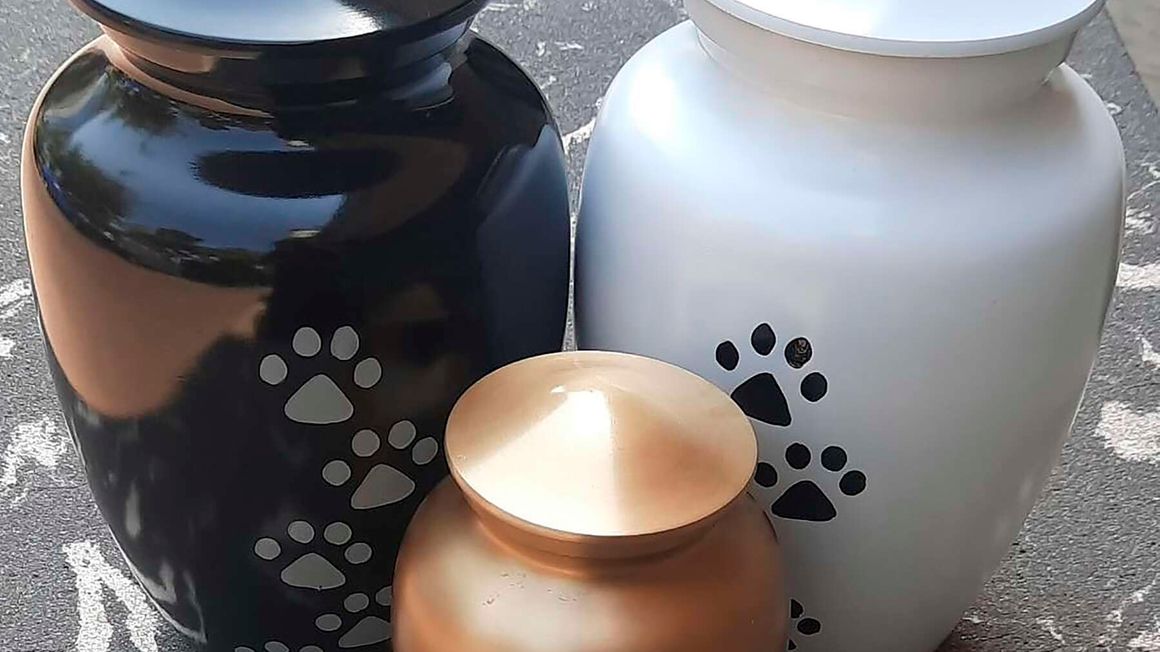When Lee Funeral Services started, it was all about the preservation of human bodies and cremation programmes. That was until a year ago when John Lee identified a gap; the need to offer an alternative sendoff for pets.
Sixteen kilometres from the funeral home at Hardy, along Gogo Falls lane, lays a pet incinerator, belonging to Lee. It has been in operation for a year now and is being operated by just one employee.
The idea of pet cremation can be absurd to many people, but to pet lovers like Mr Lee, and Faith Ijaza, the story is different.
“Mr Lee loved pets so much; the obsession alone was enough reason to start the pet crematorium. Holding a pet funeral may not be for everyone but holding some type of ceremony or ritual can help us cope with the loss of a treasured animal friend. People prefer to cremate their pets so as to keep their memory and feel close to them incase they are moving out of their residents. The opposite will happen when the pet is buried,” says Mr Paul Van Brussel, a co-director at Lee Funeral Home.
The choice to put the crematorium outside the main funeral home is associated with the love for pets and the fact that he loves a quiet environment, which makes Hardy a private entity, not even allowing in the pet owners unless it is a unique case.
Mr Lee owns nine dogs.
“At Lee Funeral Services, we offer pet cremation services which include: the collection of your pet from a vet or at home and transportation of the pet to the cremation location using a pet hearse. Provision of urn and transportation of cremated remains to your preferred location,” says Mr Brussel.

The amount of ashes you will get depends on the size of your pet. Mostly one gets back around 3.5 percent of the pet’s weight before they were cremated.
Apart from working at the funeral home where he has dedicated his 25 years, Mr Brussel now manages the crematorium which he says is steadily gaining traction. In a month they can cremate at least three pets.
Dog cremation is the most common, along with cats. “However, you can cremate nearly any pet, including birds, rabbits, hamsters, guinea pigs and even exotic pets like monkeys,” he says.
Cost of cremation
The cost of cremation depends on the size of the animal ranging from Sh27,000 for a cat that is less than 10 kilos to Sh42,500 for a large dog.
Additional charges depend on whether the pet is to be collected from your home, and the size and type of the urn used to store the ashes.
As with any end-of-life service, what is right for you will be personal. Some people factor in cost, effort required, and whether pet cremation is available near them.
When she first held her dog in her hands, Ms Ijaza was over the moon. One thing she has still not come to terms with is that she will one day lose her Kitty, as she calls it.
Kitty has a white tiny body covered with smooth fur and a furry tail, without forgetting her beautiful eyes, adorable tiny claws, and two perky ears which are very sensitive to sounds.

Faith has never fancied having children of her own but sees her little dog as a child. “Death is inevitable, so when the time comes, we have no choice but to accept,” Ms Ijaza says briefly.
“If I lose Kitty, I will definitely cremate her. It’s better to have the ashes as a remembrance since I still don’t own a home where the remains can peacefully rest underground,” she adds.
As pet ownership in Kenya grows, so are services such as cremation. Across the world, it is the most commonly used technique following the passing of a much-loved family pet. It can allow the owners to receive the ashes if they wish to keep them in their memory.
“Pet cremation is often the most convenient option as it’s typically more affordable and still allows you to have a memorial for your pet. Many families agree that pet cremation is an excellent choice,” says Mr Brussel.
According to a Pet Loss Professionals Alliance survey, 99 percent of the 1.9 million pet funerals each year involve cremation.
“The cremation process follows these basic steps; the animal’s remains are incinerated using high heat, around 1,400–1,800 degrees Fahrenheit. The amount of time it takes depends on the size of the animal but is usually around two hours. Finally, the large pieces of bone that did not incinerate are pulverised to fine dust that resembles ash,” he describes.
Ashes to art
So what happens to the ashes?

From traditional options to more modern memorials, Mr Brussel says you have many options for what to do with your pet’s ashes. They include;
Pet urns: The most popular way to memorialise your pet’s ashes is in a pet urn that you display in your home. They are available in nearly any style and at any price point. On the outside of the urn, you can place a photograph or hang their tags.
Scattering: If your pet enjoyed hiking, swimming, or outdoor adventures, scattering their ashes in a place they loved is a meaningful way to honour them.
Cremation art: You can also turn your pet’s ashes into glass art that you can display in your home. The process is similar to creating glass beads and jewellery.
Memorial forests: Memorial forests are an environmentally friendly way to honour the life of your pet. Your pet’s ashes are spread under a memorial tree in a protected forest, creating a beautiful place to visit in memory of your pet. You can even choose to be laid to rest in the same place as your pet to create a lasting legacy.
Credit: Source link